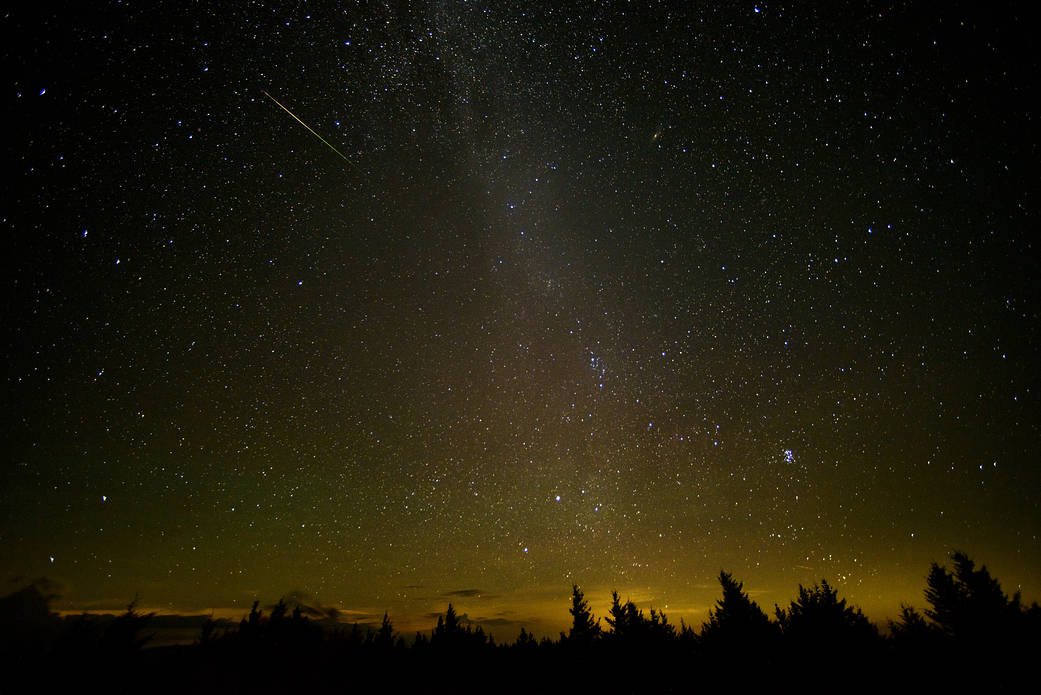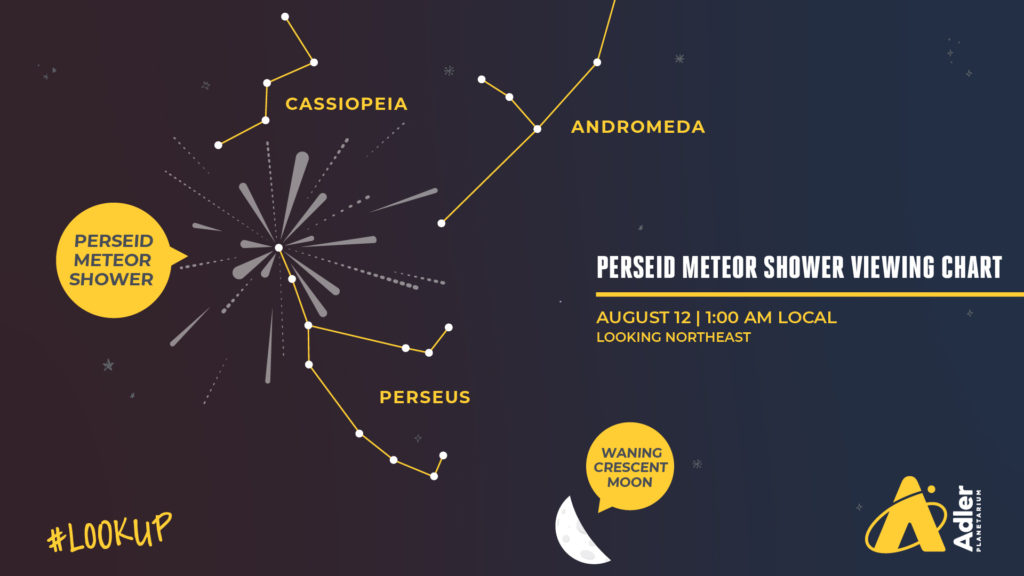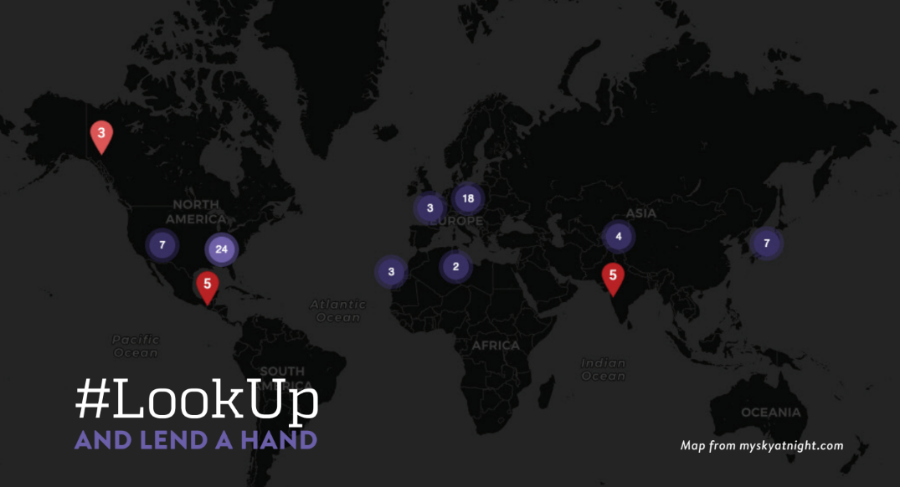Adler Skywatch: August 2020

Header Image: In this 30 second exposure, a meteor streaks across the sky during the annual Perseid meteor shower Friday, Aug. 12, 2016 in Spruce Knob, West Virginia. Photo Credit: NASA/Bill Ingalls
Hello stargazers! One of the best annual meteor showers of the year occurs this month, August 2020.

The Perseid meteor shower is expected to peak in the early morning darkness of the 11th, 12th, or 13th. However, you may want to try looking for Perseids before midnight, before the Moon rises and its glare hides fainter meteors. Under a very dark, clear sky, about 50 Perseids per hour are anticipated. But be patient: it takes time for one’s eyes to get adjusted to the darkness.
We move past the halfway-point of the Summer season this month. You can see this by noticing the diminishing time the Sun is above the horizon each day. By the end of the month it rises nearly a half-hour later, and sets nearly a full hour earlier, than it does at the start of the month.
Right after the Sun sets, look toward the southeast. The bright planet Jupiter is easily spotted in early-evening twilight. The less-bright but still readily visible planet Saturn appears less than ten degrees to the left of Jupiter. The two planets remain close as they slowly move through the southern skies during the night. On the 1st and on the 28th, Jupiter appears very close to a waxing gibbous Moon. In the Chicago area, Jupiter and Saturn are very low in the southwest sky around 3:30 a.m. Central daylight time at the start of the month, and about 1:30 a.m. at the end of the month.
Around the midnight hours this month, the planet Mars can be viewed in the eastern sky. Early in the month, it’s just barely above the horizon at midnight. But as the days pass, the planet rises earlier so that by month’s end Mars is nearly 30 degrees high in the east-southeast by midnight. It also gets a little brighter each night this month. At the start of morning twilight, it’s about 50 degrees high in the southern skies. The morning of the 9th, Mars appears very close to a waning gibbous Moon.
This month the planet Venus rises in the east-northeast nearly the same time each morning—around 2:30 a.m. Chicago time. The morning of the 15th, it appears near a very slim waning crescent Moon. Venus is the brightest of the planets, and on clear mornings it can often be seen even when morning twilight is bright.
The first four or five days of the month, with good viewing conditions, the planet Mercury may be seen very close to the east-northeast horizon during morning twilight, about 30 degrees down and to the left of Venus. For most of the month, however, Mercury appears so close to the Sun that becomes virtually impossible to see with the unaided eye.
Full Moon: August 3rd
Last Quarter Moon: August 11th
New Moon: August 18th
First Quarter Moon: August 25th
Please note that these descriptions are for the Chicago area, using Central time.







